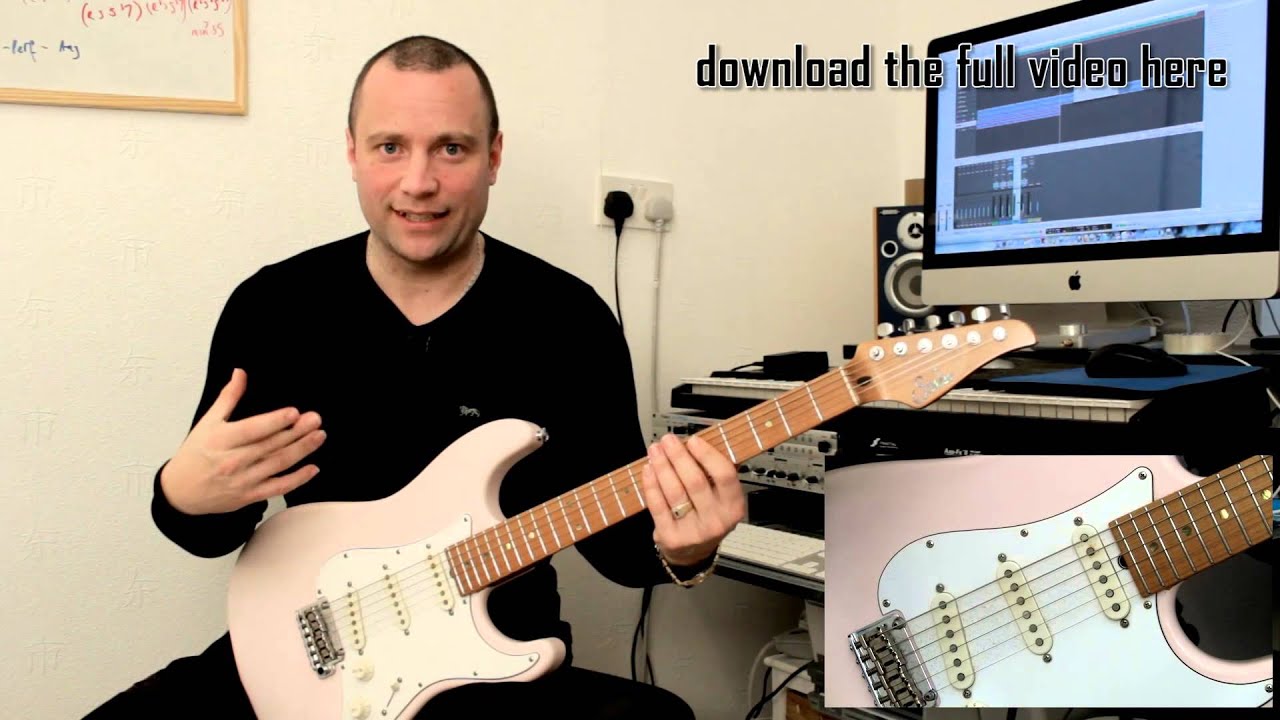Hi @mvwestbroek.
I think you’re confusing two ideas here. “Planted” in Rick’s terminology is not the same as “Trapped” in Troy’s terminology.
Rick is advocating practicing in a manner where after each pick stroke, whether it be an escaped stroke or a trapped stroke, we continue the action to ready the next stroke by touching the pick against the next string in the position it will need to be in. The goal is to train ourselves to make the smallest possible movement which allows us to execute whatever picking movements we’re practicing.
If we are picking on a single string, and our next note will be on that same string, we try to “catch” the ringing string on the other side as quickly as we can. The pick stays planted in this position until we need to execute the next pickstroke. The result is a very staccato sound.
If we are switching strings, we continue the picking movement and ready ourselves for the next stroke by planting the on the next string in the position it will need to be in.
If the pick stroke is a trapped stroke and we’re readying ourselves for a sweeping change, this is just a conventional rest stroke, which you’re already familiar with. If the pick stroke is an escaping stroke, we escape and move the pick to the position it will need to be in to execute the next stroke, trying to minimize the length of the path taken.
The result of this idea is that it changes the “start” and “end” positions of the pick on each pick stroke. When we practice slowly without planting, we tend to begin strokes some distance away from the string and end some distance away from the next string. Since the pick isn’t in contact with the string, there is no fixed distance from the strings at these endpoints. When playing slowly, we can make pick strokes in this manner with a lot of travel, without any real detriment. When playing sufficiently slowly, pick strokes of this type my even be played in a start-stop fashion with pauses, rather than a smooth cycle.
If instead we plant, each stroke starts on the string to be played and ends on the next string to be played. We’ve shifted the endpoints. We now have a fixed distance we have to travel for every single pick stroke, which is the minimal possible distance. Even when playing slowly in a start-stop fashion, we are always trying to ready the pick into it’s next position as quickly as possible.
Without planting, a pick stroke would begin and end away from the string, so each stroke is
move to string => pick string => move away from string
Without fixed endpoints, we have no tactile reference for how large the movements need to be on an individual stroke. On two consecutive strokes, we follow “move away” with a “move to.” Together, these make the transition between pick strokes. We need to minimize the time this transition takes us.
Planting then, changes the sequence. We have
pick string => move to next ready position
The movement required hasn’t changed, but on each individual pickstroke, we have fixed endpoints which give a tactile reference for how far we must travel. The move to the next ready position is the transition time and that transition is being targeted on every single stroke. Thus, even at a slow speed, we’re practicing minimizing the transition time between notes.
There is of course a problem with this method. Whether we practice with planting or not, we need efficient picking mechanics to transition between notes on different strings. Practicing slowly with planting will not help you to discover efficient movements. You can absolutely plant with string-hopping.
On the other hand, if we try to discover efficient mechanics with the “staring with speed” approach, we will find efficient movement patterns. Trying to make these movements too small too soon isn’t helpful. Instead, exaggerating efficient movements helps us to internalize how those efficient movements feel, so that when we begin trying to make movements smaller at a later point, we’re starting with robust, efficient picking mechanics.
With all due respect to Rick, and while I fully agree that planting is helpful for learning to make our movements smaller, I don’t believe it’s necessary.
Implicit in the logic of planting is the idea that smaller movements are more economical. This is, in my opinion, a very naive idea of economy. We don’t have an economy of movement, where smaller means less expensive. We have an economy of movements, where some movement patterns are inherently less expensive than others, and costs change dynamically and situationally.
Imagine I design a product and I were choosing my materials. Suppose I design one component made of gold. Gold is expensive. Maybe I could optimize my design of that component to minimize the amount of gold I use, to minimize my expense. That might be possible, and it might be necessary.
Maybe instead of gold, the component can be made of copper. Copper is much less expensive than gold. If I can use copper, I can use much more of it before the cost becomes comparable to the cost of using gold. If I can use copper instead of gold, I should use copper.
Focusing on making small movements is like trying to use less of a material. It doesn’t teach you to use different materials. Practicing with larger movements is what teaches us to recognize more efficient movements. It’s what lets us learn what movements are expensive and which are not. It’s what helps us to learn the difference between copper and gold.
Obviously, the most economical solution is to use the least amount of the cheapest material. That would be, the smallest amount of the most efficient movement pattern. However, you have to have the efficient movement pattern first. The problem for most guitarists is that they’re using gold instead of copper.

